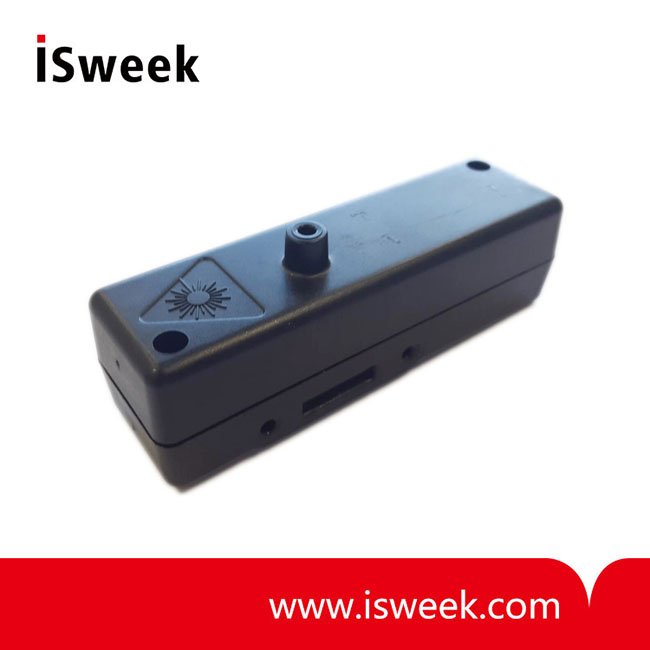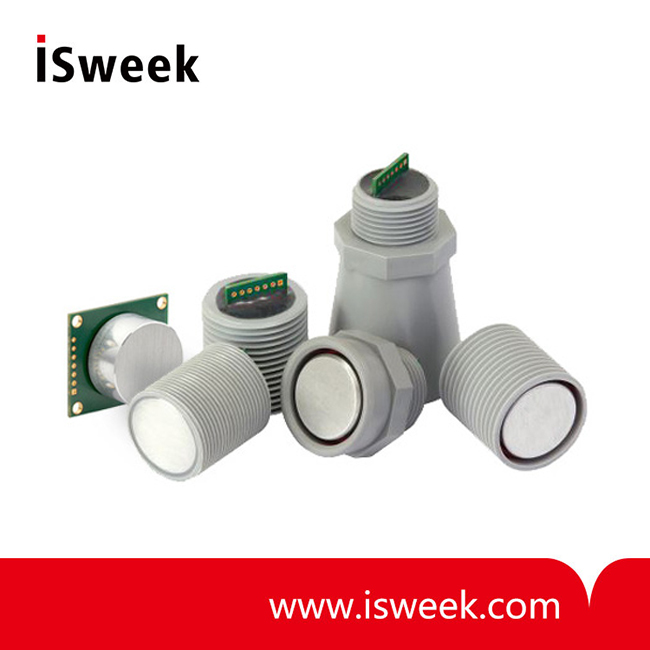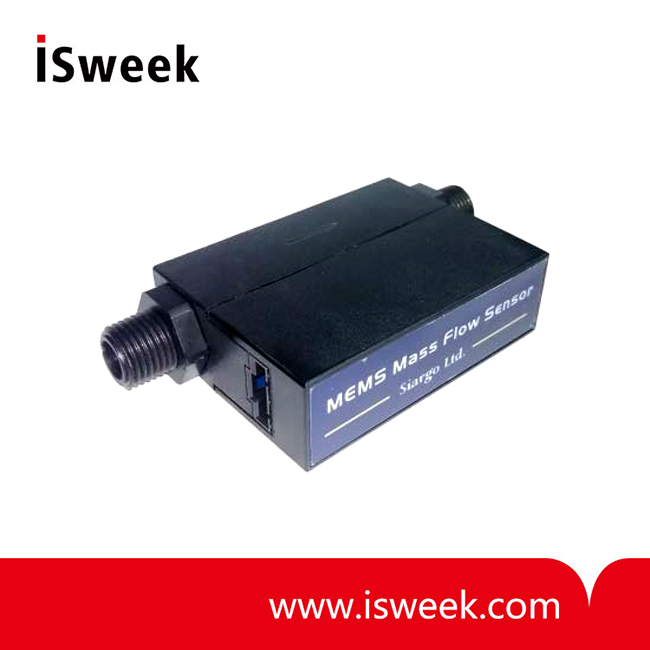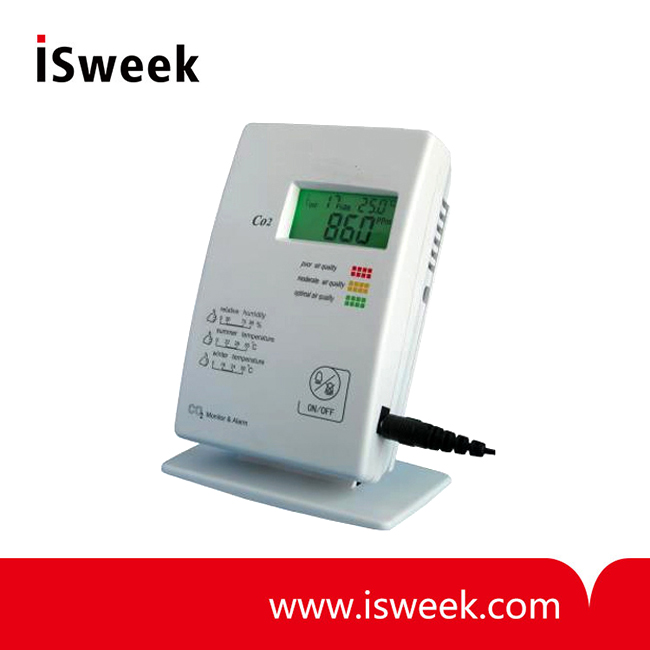Solar hydrogen production systems include photolysis, solar power generation and water splitting hydrogen production. The technology of generating hydrogen with solar energy was developed in recent 30~40 years. By now, researches on solar hydrogen production are focused on following sorts of technologies: thermochemistry, electro-chemical water splitting, photocatalysis, artificial photosynthesis and biological hydrogen production. Herein introduces hydrogen generation with photocatalysis.
Photocatalystic hydrogen generation
Some materials can be applied as catalyst to split water and generate hydrogen with a certain light condition, such as semiconductor like TiO2, transition metal oxides, laminated metal like K4Nb6O17, K2La2TiO10, Sr2Ta2O7.etc, and catalytic materials that can utilize visible light, like CdS and Cu-ZnS, etc. However, the efficiency of photocatalytic water splitting is as low as 1%~2% so far. Existing studies on photocatalytic water splitting include semiconductor system and metal complex system, among which studies on the former have gone further.
The principle applied by semi-conductive photocatalytic is similar to that of electro-chemical cell. Tiny photosemiconductive particles can be seen as microelectrodes suspending in the water. They work like the photo-anode, while they are not separated from each other like electro-chemical cells. Even the cathode is supposed to be on the same particles, and the water splitting reactions of generating hydrogen and oxygen take place at the same time. When UV less than 387 nm radiates on TiO2, electrons on valence band absorbs the energy and transit to conduction band, producing holes and electrons on valence band and conduction band. Hydrone absorbing on TiO2 are oxidized by holes of strong oxidizability and turn into oxygen, while hydrogen ion are migrated in electrolyte solution and are reduced into hydrogen.
Compared to electro-chemical cell, semiconductor photocatalysis sharply simplifies the water splitting reaction, but optical excited electron hole pair on the same semiconductor particles are extremely easy to be recombined. Therefore, in order to restrain the counter-reaction of hydrogen and oxygen, as well as the recombination of electron and hole caused by optical excited semiconductor, electron donor can be added as hole scavenger to enhance efficiency of hydrogen production. Since that numerous organic matters in waste water are favorable electron donors, waste water treatment and photocatalytic hydrogen generation can be combined to implement solar hydrogen production and solar decontamination simultaneously.
Hydrogen concentration needs to be measured in real time during the generation process. For photocatalysis method, the concentration should be controlled within 20~40%.

We ISWeek can supply thermal conductive gas sensor MTCS2601. The features of this product are as follows:
- Based on thermal conductance principle
- Capable of measuring low vacuum.
- Silicon equipment sealed in SMD ceramic packaging.
- Super-small size of 7*5mm
- Low power consumption and fast response
- Excellent sensitivity in the pressure range between 0.01~100mbar. Pressure range can be extended to 0.0001~1bar
- Hydrogen concentration measurement between 0~100% available.






